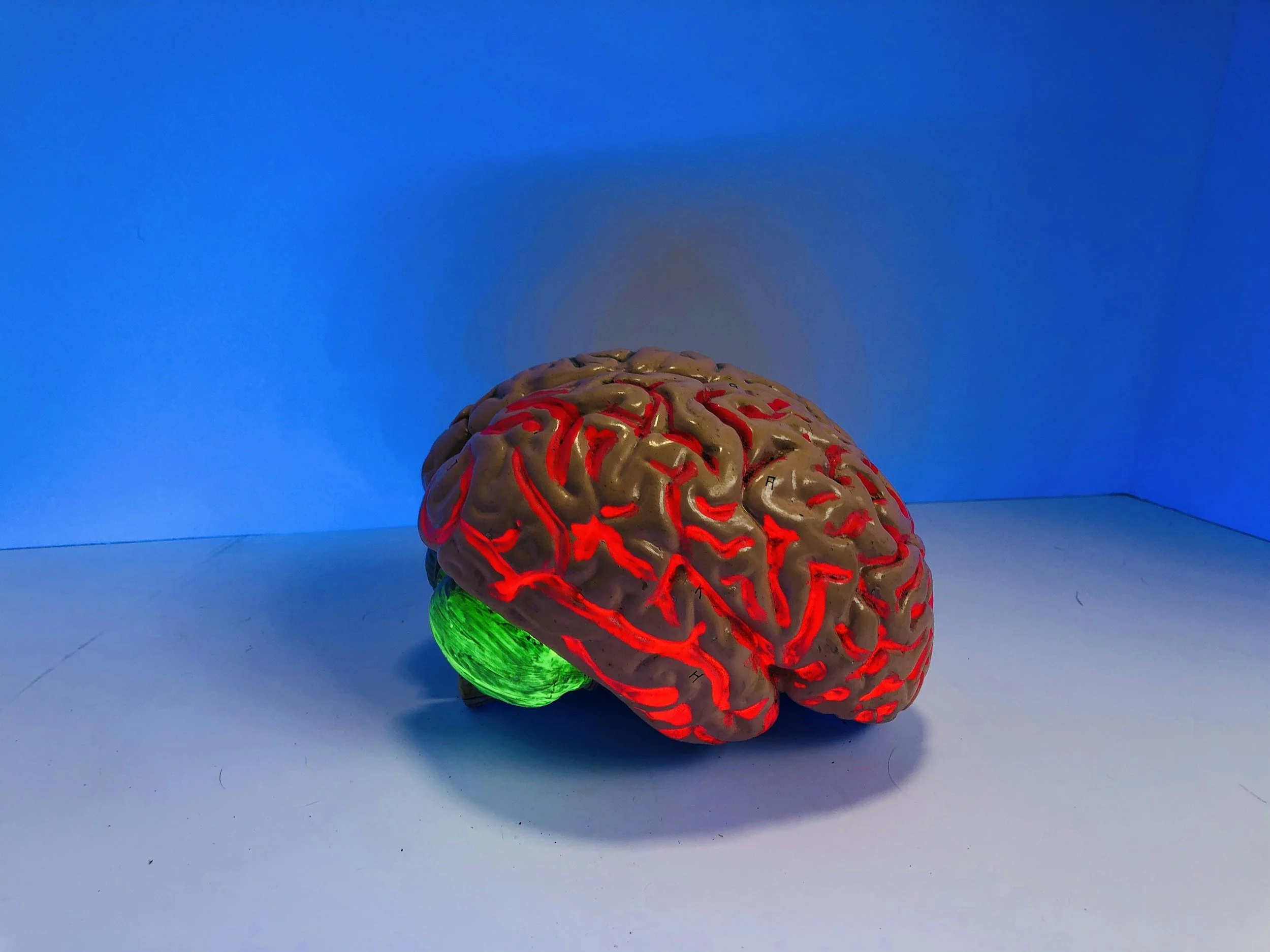By Lars Daniel, Contributor.
Lars Daniel covers digital evidence and forensics in life and law.
Generative AI models like ChatGPT, Copilot, Claude and Gemini are increasingly embedded into workplace operations, and in conjunction, the question of AI’s impact on critical thinking is under scrutiny. As these tools become more sophisticated and widely adopted, the balance between efficiency and independent thought is shifting in ways that are both promising and concerning.
A recent study conducted by Carnegie Mellon University and Microsoft Research offers a closer look at how knowledge workers interact with AI-generated content and the cognitive trade-offs involved. The research, based on a survey of 319 professionals, reveals a nuanced transformation: while AI can reduce the mental effort required for many tasks, it may also lead to diminished critical engagement in certain contexts.
How AI is Changing Critical Thinking in the Workplace
One of the most striking findings from the study is that 62% of participants reported engaging in less critical thinking when using AI, particularly in routine or lower-stakes tasks. Conversely, those who had greater confidence in their own expertise were 27% more likely to critically assess AI-generated outputs rather than accept them at face value. This suggests that AI’s role is evolving from a passive assistant to an active participant in decision-making processes — one that must be evaluated carefully to prevent overreliance.
What More and Less Critical Thinking Means
According to the study, engaging in more critical thinking when using AI means that workers actively question, verify and refine AI-generated responses. This includes:
Fact-checking AI outputs by cross-referencing external sources.
Analyzing biases that may be present in AI-generated information.
Editing and refining AI-generated content to better align with context and objectives.
Using AI as a brainstorming tool rather than a definitive answer generator.
On the other hand, less critical thinking refers to a pattern of over-relying on AI and passively accepting AI-generated responses without deeper scrutiny. This occurs when:
AI-generated content is copied and used without verification.
Workers rely on AI for decision-making without questioning its logic.
Users assume AI-generated responses are accurate without contextual understanding.
Tasks become routine, leading to reduced engagement in problem-solving and independent thought.
AI: The Shift from Problem-Solving to Oversight
The study also highlights how AI is reshaping the way people approach their work. Rather than traditional problem-solving, many knowledge workers are shifting toward AI oversight, spending less time on direct execution and more on curating and verifying AI-generated responses. Nearly 70% of surveyed workers reported using AI to draft content that they later reviewed and edited, rather than creating work independently from scratch. This shift is particularly evident in tasks that involve creating content, retrieving information and making strategic decisions, where AI provides a first draft or recommendation, leaving the human user to refine, adjust or validate it.
AI: The Risks of Overreliance
This transformation is not without risks. The study warns of a phenomenon known as "mechanized convergence," in which reliance on AI leads to less diverse and creative outcomes. As more users accept AI-generated suggestions without sufficient scrutiny, there is a growing concern that originality and contextual nuance could be lost. AI’s tendency to generalize information may lead to homogeneity, where different individuals working on similar problems arrive at nearly identical solutions — often missing the complexity that human insight can provide.
Other key concerns include:
Decline in independent problem-solving skills – With AI handling much of the cognitive heavy lifting, workers may find themselves engaging less with deeper analytical processes essential for innovation.
Increased risk of misinformation – AI models, despite their advancements, still generate errors, outdated information or biased responses that require human oversight to detect and correct.
Reduced diversity in thought – Overreliance on AI suggestions can lead to standardization, minimizing original perspectives and creative approaches.
Can AI Enhance Critical Thinking?
AI’s impact on critical thinking is not solely negative. When used properly, it can enhance analytical skills by prompting users to engage in more sophisticated forms of reasoning. Some professionals use AI as a way to explore alternative perspectives, simulate different arguments or refine their thought processes. The key lies in developing a mindful approach to AI interaction — one that fosters engagement rather than passive consumption.
AI can be leveraged effectively to:
Encourage deeper inquiry – AI can help users explore multiple viewpoints, prompting critical evaluation rather than automatic acceptance.
Enhance learning and skill development – By analyzing AI outputs, workers can refine their expertise and decision-making abilities.
Improve efficiency without sacrificing judgment – When AI is used to support, rather than replace, human oversight, it can streamline workflows while preserving independent thought.
The Path Forward: AI as a Tool for Augmentation
The future of AI-assisted critical thinking will depend largely on how businesses and individuals adapt to this changing landscape. Developers of AI should consider their responsibility to design systems that encourage users to question and verify information rather than accept it at face value. Organizations, too, must rethink how they train employees to work alongside AI, emphasizing the importance of human judgment and continuous learning.
Ultimately, AI is neither an inherent threat to critical thinking nor a guaranteed enhancement of it. Its impact depends on how it is integrated into workflows and how users engage with it. The challenge ahead is not about resisting AI but about ensuring that it serves as a tool for augmentation rather than a replacement for independent thought.

